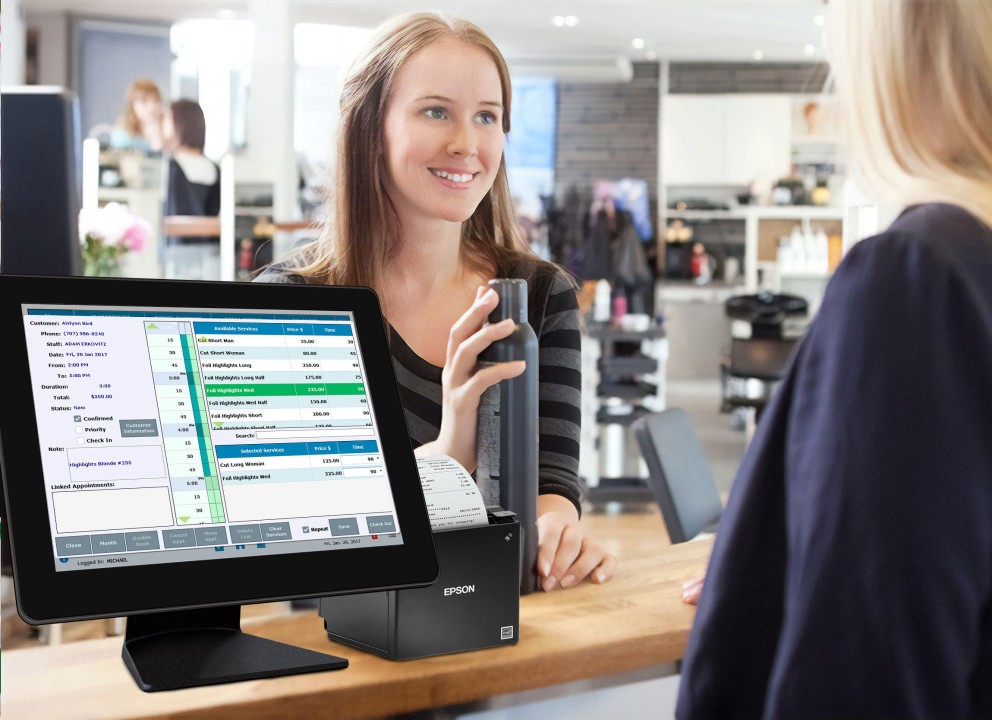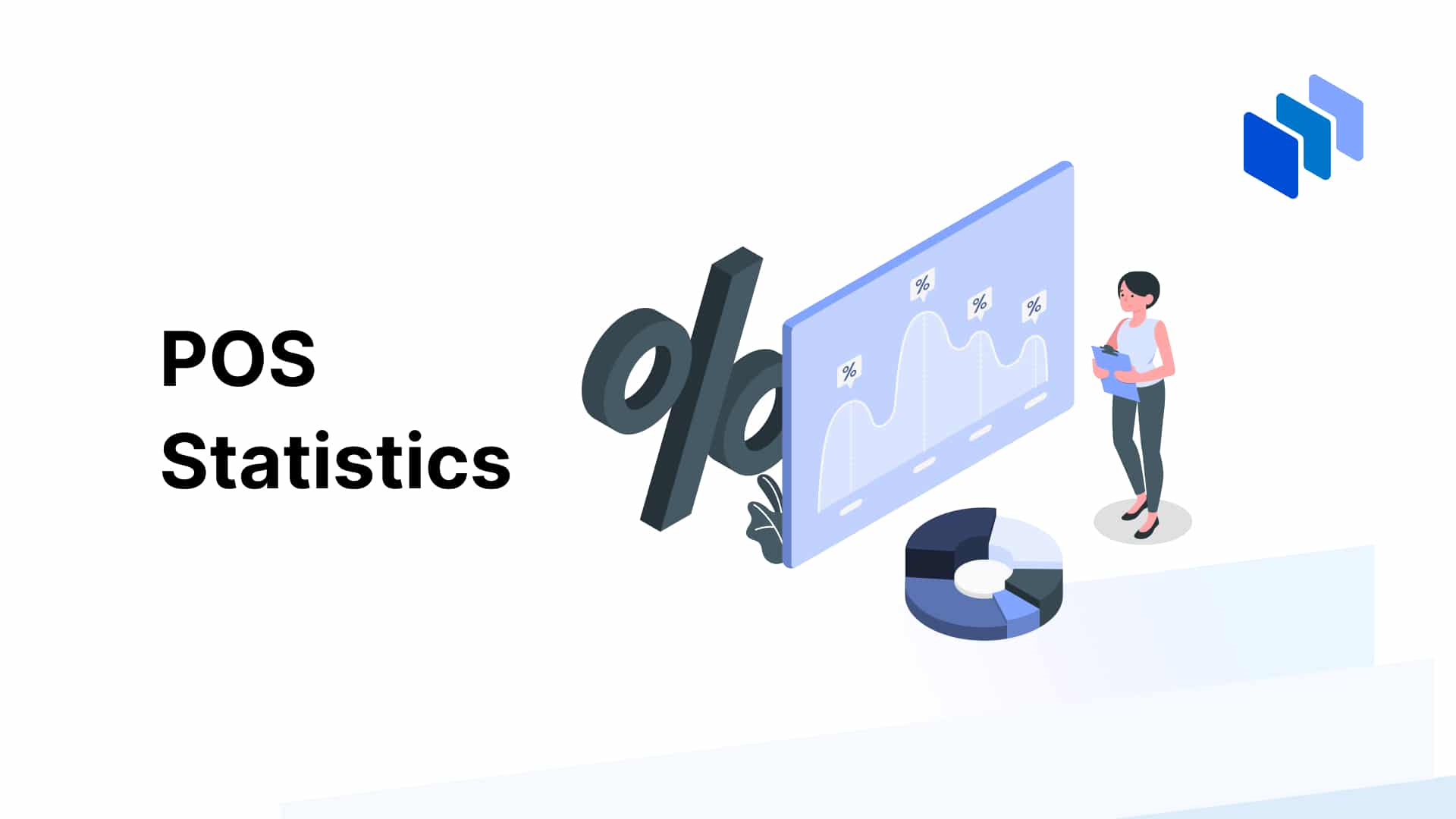How POS Helps Track Business Growth Month-to-Month

Running a business successfully requires more than just selling products or services—it requires tracking performance over time. Without clear, accurate, and consistent data, it’s almost impossible to know whether your business is actually growing. This is where Point of Sale (POS) systems step in as a powerful tool.
A modern POS system isn’t just a cash register; it’s a complete business management solution that records every sale, stores detailed reports, and provides valuable insights. By analyzing this data month-to-month, business owners can make informed decisions, identify growth trends, and address potential issues early on.
1. Accurate Sales Tracking
One of the most basic yet vital functions of a POS system is recording every sale in real-time. Instead of relying on manual logbooks or scattered spreadsheets, all transaction data is automatically stored in a central system.
When reviewing monthly sales reports, you can see:
- Total revenue generated
- Number of transactions
- Average transaction value
- Peak sales days and times
Comparing these figures month-to-month allows you to see if your sales are increasing, steady, or declining. This clear overview makes it easier to set realistic targets for the next month.
2. Identifying Best-Selling Products and Services
POS systems provide detailed insights into which products or services are selling the most. For example, if a particular menu item or product category shows steady growth over several months, you can increase stock or promote it more.
Similarly, identifying underperforming items helps you make decisions such as offering discounts, bundling with other products, or removing them from the inventory altogether.
By tracking these trends month-to-month, you can fine-tune your offerings to meet customer demand and maximize profitability.
3. Monitoring Customer Trends
A modern POS system often includes customer relationship management (CRM) features. These track purchase histories, preferred payment methods, and even loyalty program participation.
By reviewing monthly customer data, you can:
- See if your customer base is growing
- Identify returning vs. new customers
- Understand seasonal changes in buying behavior
This information helps tailor promotions, loyalty rewards, and marketing campaigns to increase repeat business and attract new customers.
4. Expense and Profit Analysis
Your POS system doesn’t just track revenue—it can also integrate with accounting software to record expenses. This gives you a clear month-to-month profit analysis, factoring in:
- Cost of goods sold (COGS)
- Operating expenses
- Discounts and returns
By comparing profit margins month-by-month, you can assess whether your business is becoming more efficient or if expenses are cutting into growth.
5. Employee Performance Tracking
If your POS is set up to track sales by employee, you can monitor individual performance month-to-month. This helps in:
- Recognizing top performers
- Identifying training needs
- Adjusting staff schedules based on sales data
Employee productivity directly impacts business growth, so having clear, month-to-month performance metrics is a valuable management tool.
6. Seasonal and Market Trend Analysis
Some months naturally perform better than others due to seasonal trends or special events. With a POS system, you can compare monthly performance year-over-year to prepare for busy or slow periods.
For example:
- If December sales spike every year, you can plan extra inventory and staff.
- If certain months are slow, you can run promotions to boost traffic.
This predictive capability ensures you’re not just reacting to changes but preparing for them in advance.
7. Data-Driven Decision Making
Ultimately, the strength of a POS system lies in turning raw sales data into actionable insights. Instead of guessing whether your business is growing, you have hard numbers to prove it.
Month-to-month tracking helps you:
- Set realistic growth targets
- Allocate budgets effectively
- Adjust pricing strategies
- Evaluate the impact of marketing campaigns
With this data, every decision you make is backed by measurable evidence.
Conclusion
Business growth isn’t something you notice overnight—it’s the result of consistent progress, tracked and measured over time. A POS system gives you the tools to monitor your performance month-to-month with precision.
From sales tracking and inventory management to customer trends and employee performance, POS systems offer a complete picture of how your business is evolving. By leveraging these insights, you can spot opportunities, address challenges early, and ensure your business moves forward steadily every month.






